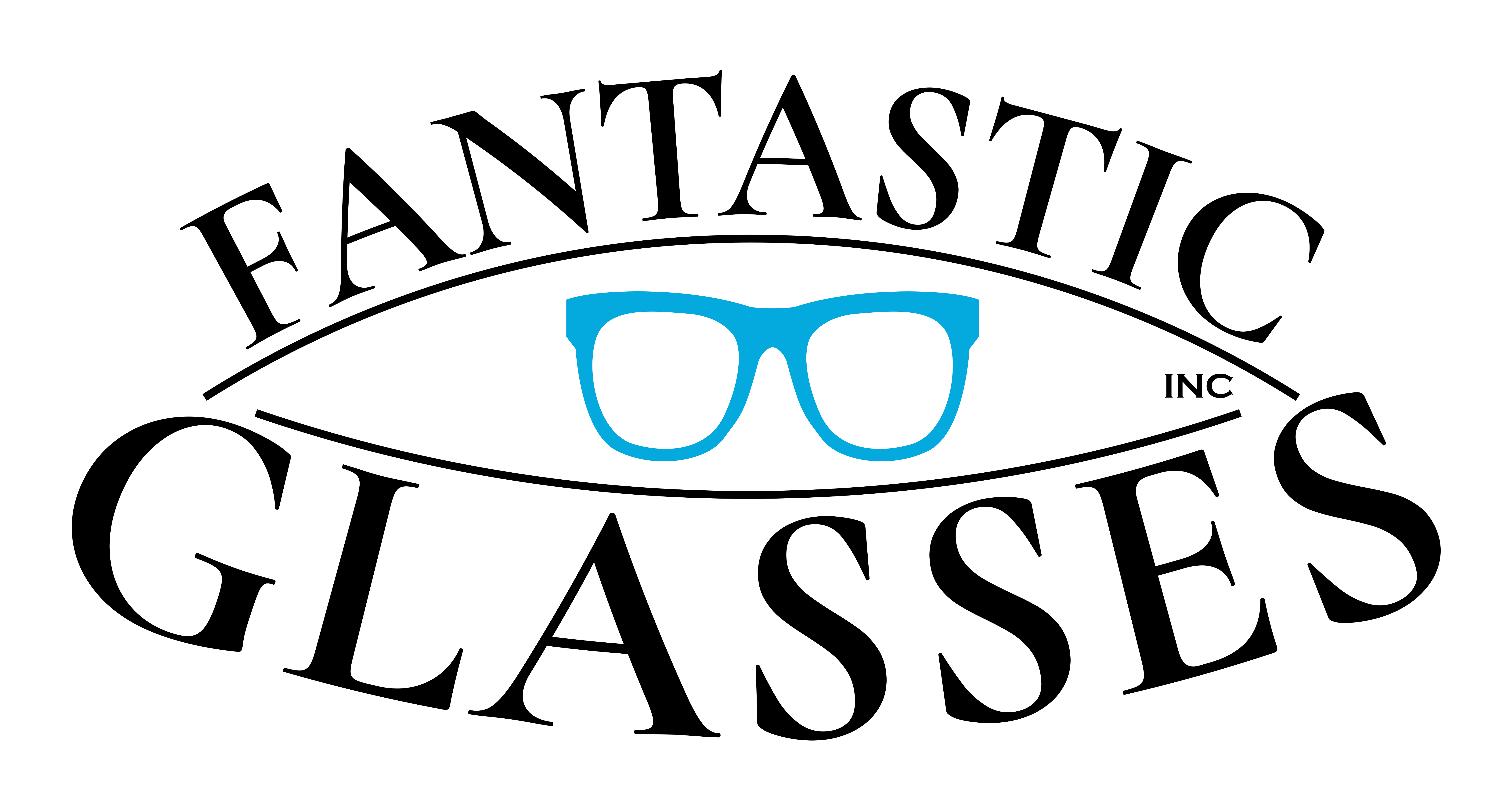The Impact of Eye Health on Athletic Performance: Optimizing Vision for Sports Success
As athletes, we understand the importance of physical conditioning, nutrition, and mental preparation in achieving success in our respective sports. However, there is another crucial aspect that often goes unnoticed – eye health. In fact, a significant percentage of athletes suffer from some form of visual impairment or eye problem, which can significantly impact their performance. In this blog post, we’ll explore the impact of eye health on athletic performance and provide tips on how to optimize vision for sports success.
The Statistics
According to a study published in the Journal of Ophthalmic Research, approximately 75% of athletes in high-level competitions suffer from some form of visual impairment (1). This can include conditions such as myopia (nearsightedness), hyperopia (farsightedness), astigmatism, and even eye injuries. Moreover, a study conducted by the Canadian Centre for Occupational Health and Safety found that 60% of athletes experienced blurred vision during intense physical activity (2).
The Impact on Athletic Performance
When it comes to athletic performance, vision plays a critical role in reaction time, spatial awareness, and overall coordination. Even slight visual impairments can significantly affect an athlete’s ability to:
1. React quickly: A delay in visual processing can lead to slower reaction times, making it more challenging to respond to opponents or changing game situations.
2. Track fast-moving targets: Impaired vision can make it difficult for athletes to track and anticipate the movement of opponents, teammates, or balls, leading to mistakes and decreased performance.
3. Maintain spatial awareness: Visual impairments can affect an athlete’s ability to judge distances, angles, and spatial relationships, leading to poor decision-making and increased risk of injury.
Optimizing Vision for Sports Success
Fortunately, there are steps athletes can take to optimize their vision for sports success:
1. Get regular eye exams: Schedule annual eye exams with a qualified optometrist or ophthalmologist to detect any visual impairments early on.
2. Wear protective eyewear: For high-impact sports like hockey, lacrosse, or football, wearing proper protective eyewear can help prevent eye injuries and reduce the risk of visual impairment.
3. Corrective lenses or surgery: If an athlete is diagnosed with a refractive error (myopia, hyperopia, astigmatism), corrective lenses or refractive surgery (e.g., LASIK) can improve their vision and overall performance.
Conclusion
As athletes, we understand the importance of peak physical and mental condition. However, it’s equally crucial to prioritize eye health as part of our overall training regimen. By recognizing the impact of eye health on athletic performance and taking proactive steps to optimize our vision, we can gain a competitive edge and achieve greater success in our respective sports.
References
1. “Visual Impairment in High-Level Athletes: A Systematic Review” (Journal of Ophthalmic Research, 2018)
2. “The Effects of Intense Physical Activity on Visual Function” (Canadian Centre for Occupational Health and Safety, 2015)
Additional Resources
For more information on eye health and sports performance, visit https://fantasticglasses.ca, a leading provider of sports vision care solutions.
By understanding the impact of eye health on athletic performance and taking proactive steps to optimize our vision, we can achieve greater success in our respective sports. Remember: a healthy pair of eyes is just as important as a strong physical game!
References:
(1) Journal of Ophthalmic Research (2018). Visual Impairment in High-Level Athletes: A Systematic Review.
(2) Canadian Centre for Occupational Health and Safety (2015). The Effects of Intense Physical Activity on Visual Function.
References:
https://fantasticglasses.ca


